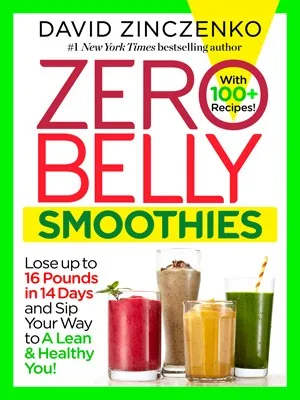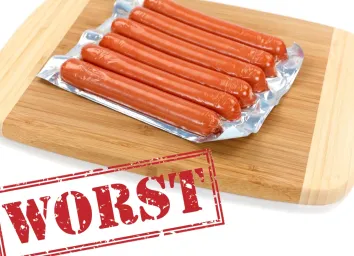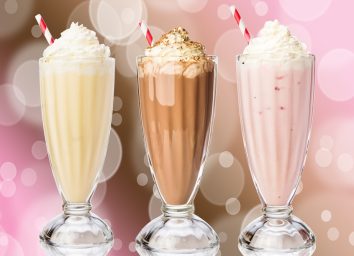6 Sneaky Sources of Mold In Your Diet
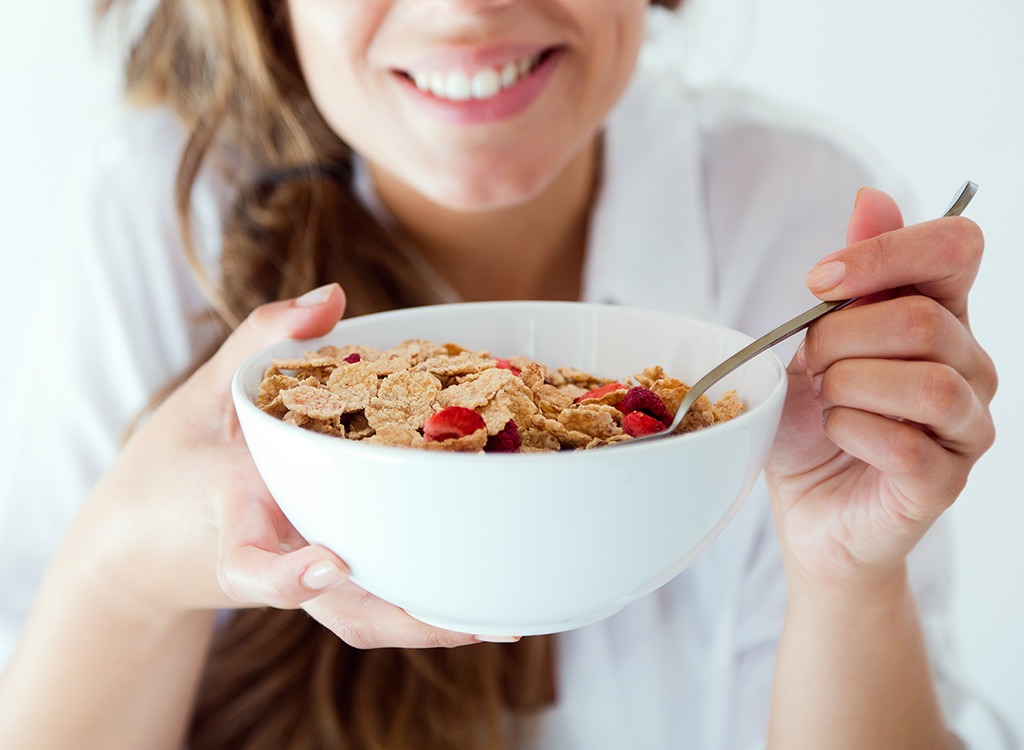
Looking into a microscope, you might mistake mold for one of your favorite salad ingredients: the mushroom. Despite its comfortingly familiar magnified appearance, we all know that mold isn’t something to be eaten. However, even if you diligently throw out expired goods and toss foods growing anything white, green or fuzzy, you could still be ingesting mold without even realizing it—and it can make you terribly sick. Consuming mold toxins has been linked to everything from mild to severe allergic reactions to stomach-churning food poisoning. Here, we reveal some hidden sources of the spores.
Bread—That Doesn’t Look Moldy
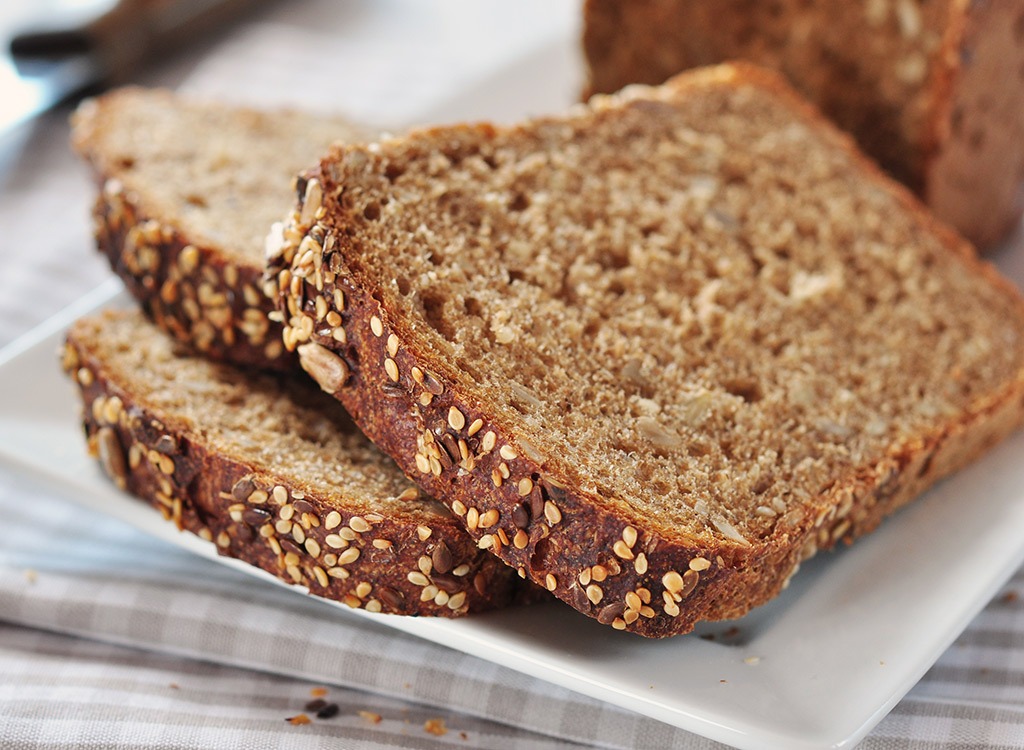
We’ve all done it before—seen a slice of bread covered in mold, tossed it out and used the slices below it to make a sandwich. But according to the FDA, if there is mold on one piece of bread, the whole lot is likely contaminated—even if it looks okay to the naked eye. How can that be? It takes a while for mold to physically appear, and when it finally does, that’s a sign that its roots and toxins have invaded the entire product and physical evidence will soon follow. Your best bet is to toss the entire loaf and buy a fresh one.
Juice Boxes

If you serve your kids juice boxes without preservatives, be aware that they could be housing fermented liquid drenched in slimy green mold—even if it’s not anywhere near its expiration date. According to the USDA, foods processed without preservatives are at high risk of developing mold, which makes sense; preservatives are used to keep food from spoiling. The trouble is, juice manufacturers have found that parents love the idea of giving their kids a drink box that’s made without preservatives, so many brands leave them out. While mom and dad may like the idea, the parents that discovered mold inside their little one’s Juicy Juice and Capri Sun pouches after their kids complained that their drinks tasted funny weren’t too happy. As Capri Sun explains on their website, microscopic holes can develop on the juice box after it leaves the factory, which allows air to seep into the pouch and breed mold. Gross! While Capri Sun has changed their packaging to be transparent on the bottom to allow parents to check for mold before their kids start to sip, not all brands have followed suit. To avoid the fungi, serve your little one juice out of a sippy cup or glass.
Berries
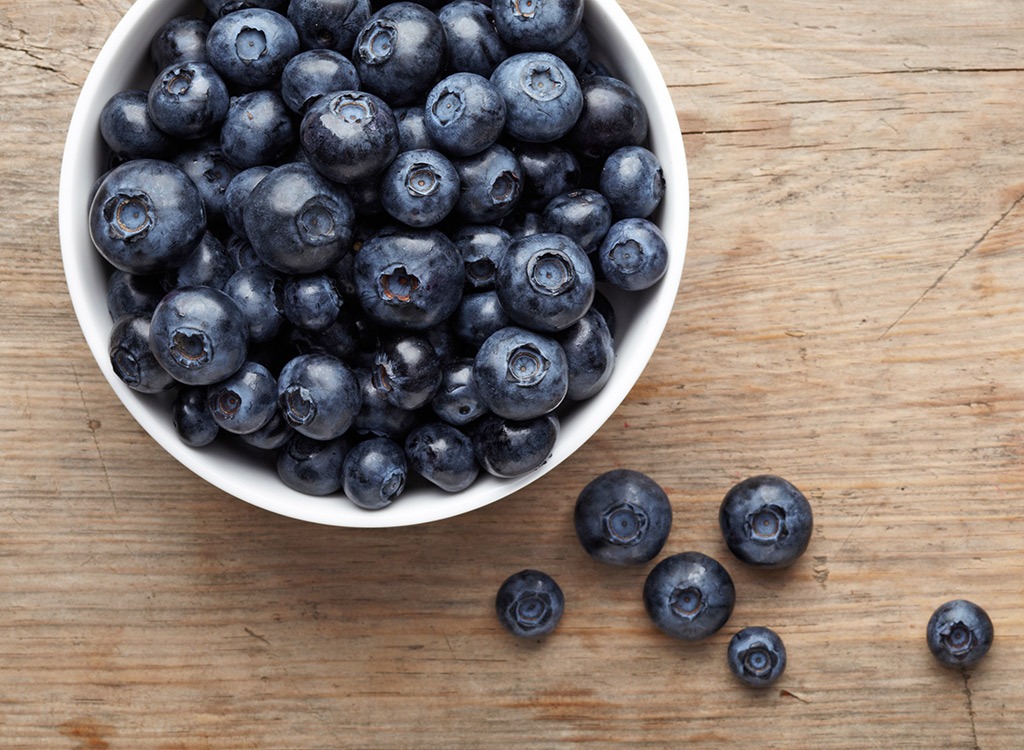
Raspberries, blackberries and blueberries are all packed with polyphenols—powerful natural chemicals that can help you lose weight—so we definitely aren’t going to suggest you strip them from your diet. But munch with caution; these types of berries have hollow centers, so it’s very easy for mold to make a home in the groove without you noticing. Before popping the fruit into your mouth, USDA geochemists suggest cutting them in half and examining the fruit for fungus.
Cereal
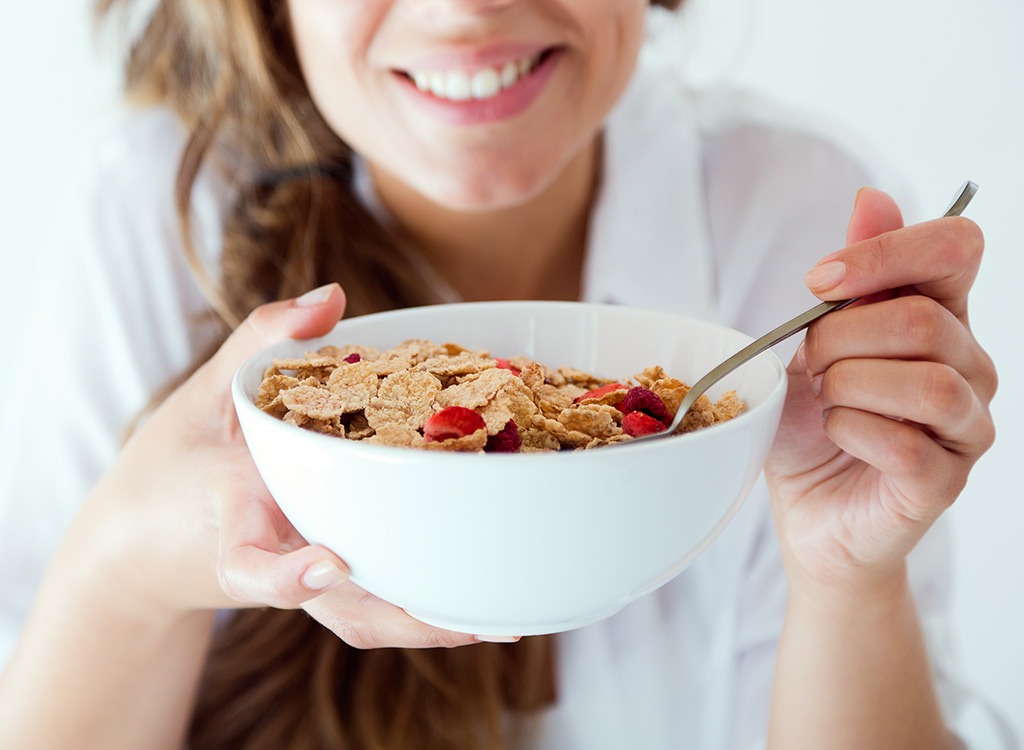
A potentially unsafe amount of disease-causing fungi called mycotoxins is likely lurking in your favorite wheat and corn-based cereal. If that’s not scary enough, it’s getting onto supermarket shelves totally undetected. How could this possibly happen? While the government has limits on the amounts of mold toxins in grain crops, these regulations do not account for something called masked mycotoxins, a sub-group of harmless fungi that converts into a potentially harmful variety once ingested. While the biological effects are not yet fully understood, researchers believe regulations need to be amended to include this form of the mold since it contributes to food’s overall toxicity. They also note that foods that contain just under the legal limit of mycotoxins could well exceed the legal amount once masked forms are included in safety calculations. The good news is, kicking cereal to the curb can boost your health in more ways than one. Opt for protein-packed eggs or satiating oatmeal, both of which will get you closer to your weight loss goals.
Beef Byproducts
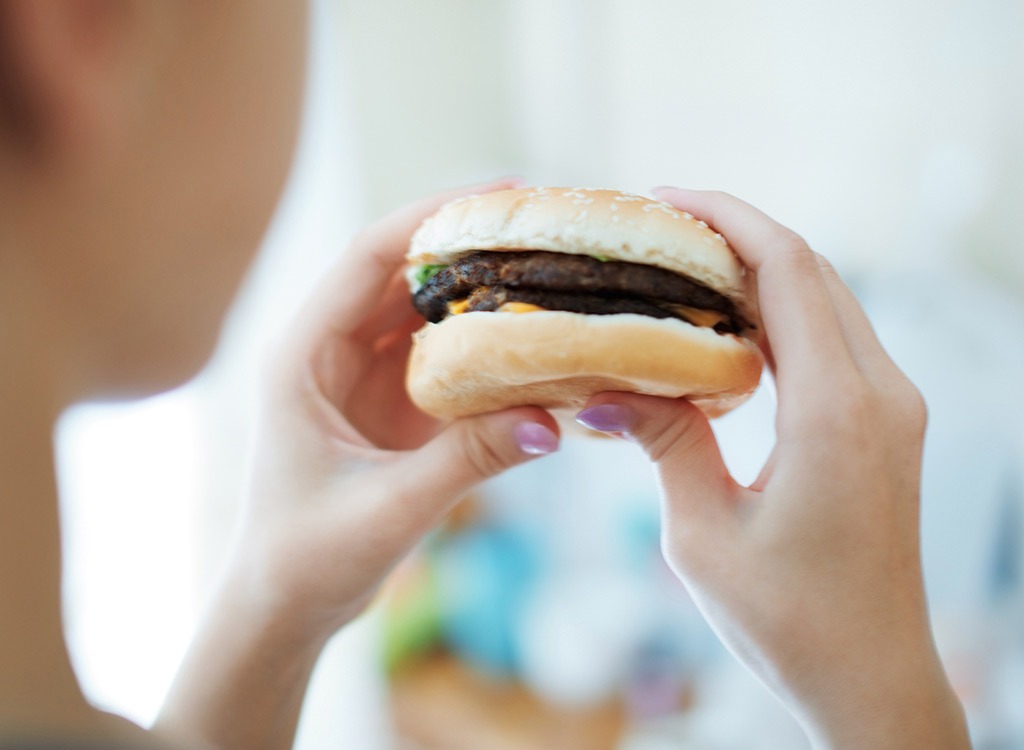
Those pesky mycotoxins we just told you about aren’t only in grain crops, they’re found in meats and dairy products that come from cows that consume the grains, too. Corn, another common feed for conventionally-raised cows, is often a source of the mold aflatoxin. Cattle raised for its meat can legally be sold for consumption even if it has up to 300 parts per billion of this strain. Opt for organic and grass-fed meat products to lower your exposure to these toxins and increase your dose of antioxidants, omega-3s and trace minerals.
Beans–If They Make You Musical
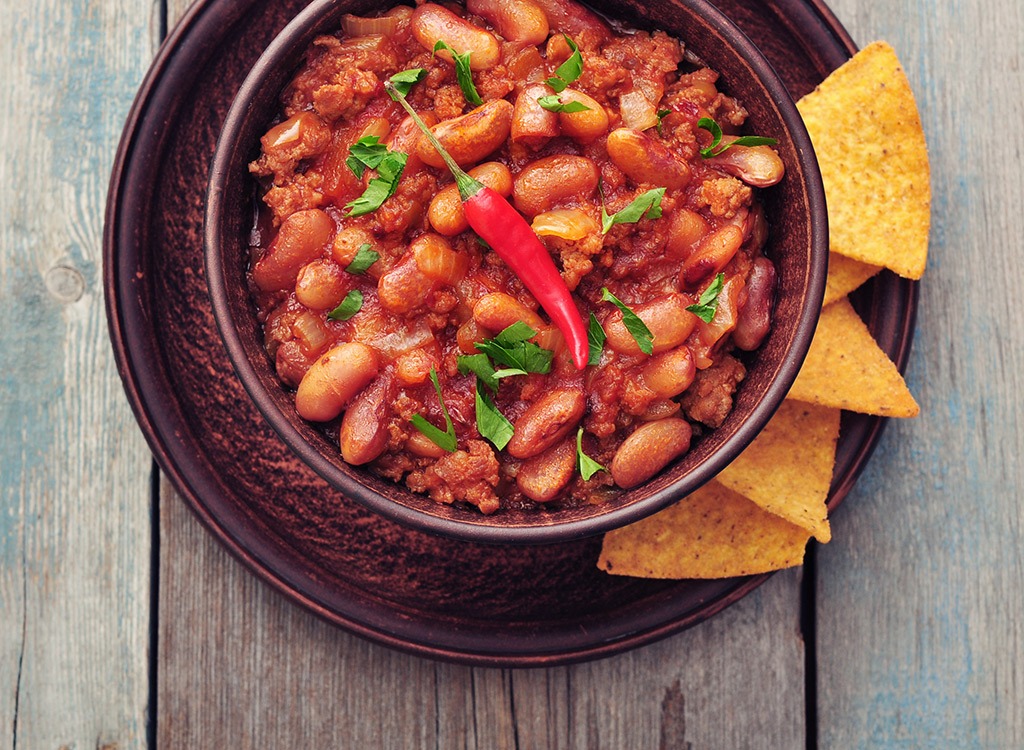
If your body doesn’t happily digest beans on its own–you know what we’re talking about–you might be tempted to reach for a certain tummy-taming pill. While beans aren’t a source of mold, you’re ingesting a ton of the stuff if you’re taking Beano tablets to ward off gas and bloating brought on by your vegetarian chili. The main ingredient in the medication is Alpha-galactosidase enzyme, and it’s made from a mold called aspergillus niger. Although rare, the Environmental Protection Agency says ingesting it may cause health problems such as asthma in sensitive populations.
